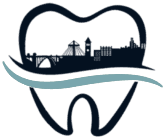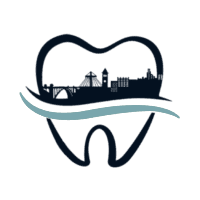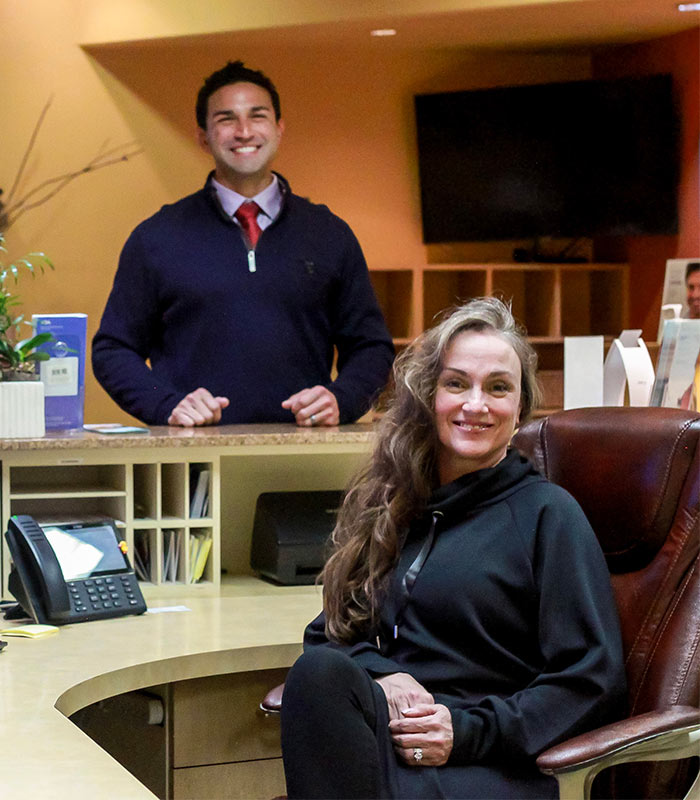Read More:
While we often think of dentistry as a modern form of medicine, it’s millennia old. As long as there have been people, there has been a need to treat oral health concerns. Over the length of human existence, we’ve experimented with new techniques. Some of these were effective, some not, and others were downright dangerous. Over thousands of years, some incredible advances were made. It wasn’t until recently that oral health became well understood and treatments broadly available. The first important step towards modern dentistry happened in the 1800s when Dentist John T. Rigg defined gingivitis.
Exploring The Development Of Oral Health Care Through History:
Trying to find the first instances of genuine oral health care is complicated. What’s known is that effective practices have come and gone over thousands of years. The varying concerns of people in different parts of the world influenced what they developed. Egypt was a beautiful and powerful desert empire, but all that sand was a problem. They had significant concerns with dental wear and tear from the sand in their food, for instance. Not even the pharaohs could escape it. Pressures like these led to developments in dental technology.
- Native Americans – Without trying to focus on any specific nation of Native Americans, it’s possible to find broad trends. Herbs were used as a form of a toothbrush, especially sage. Toothpaste was even known in the form of a paste of the cucacua plant.
- Colonial Era – Oddly enough, the colonists weren’t familiar with toothbrushes. Their primary form of health care involved the use of feathers or bones as brushes. It was also common to chew on sticks to create bristled ends. Salt was a common abrasive for cleaning teeth.
- Chinese Medicine – Thousands of years ago, the first known toothbrush was developed in China. Records from their culture report the use of implants, dental extractions, and surprisingly advanced oral health care. All of this before the beginning of the common era.
- Island Nations – Research in numerous ocean cultures revealed the use of seashells as replacement teeth. They would hammer these shells into the jaw. Evidence of healing around the shells indicated they were there for some time and proved effective.
The first significant steps taken towards modern dentistry began with understanding the role of bacteria in our health. Streptococcus mutans, the bacteria species primarily responsible for tooth decay, became dental enemy number one. It was ultimately determined to be the bacteria responsible not just for tooth decay but for gum disease. With the enemy laid bare, we were ready to start working to defeat it.
The Ongoing Battle Against Gum Disease:
For all the new information that was becoming available about oral health, the battle was still ongoing. The situation was so dire that over 400,000 young men had to be turned away during World War II. The reason? They didn’t have six teeth opposite each other. This metric was a requirement for recruitment, and oral health was so bad was unable to be met. The American Government ultimately had to change the recruitment requirements to get enough soldiers. Modern dentistry has made this travesty a thing of the past, though gum disease is still one of our primary enemies.



